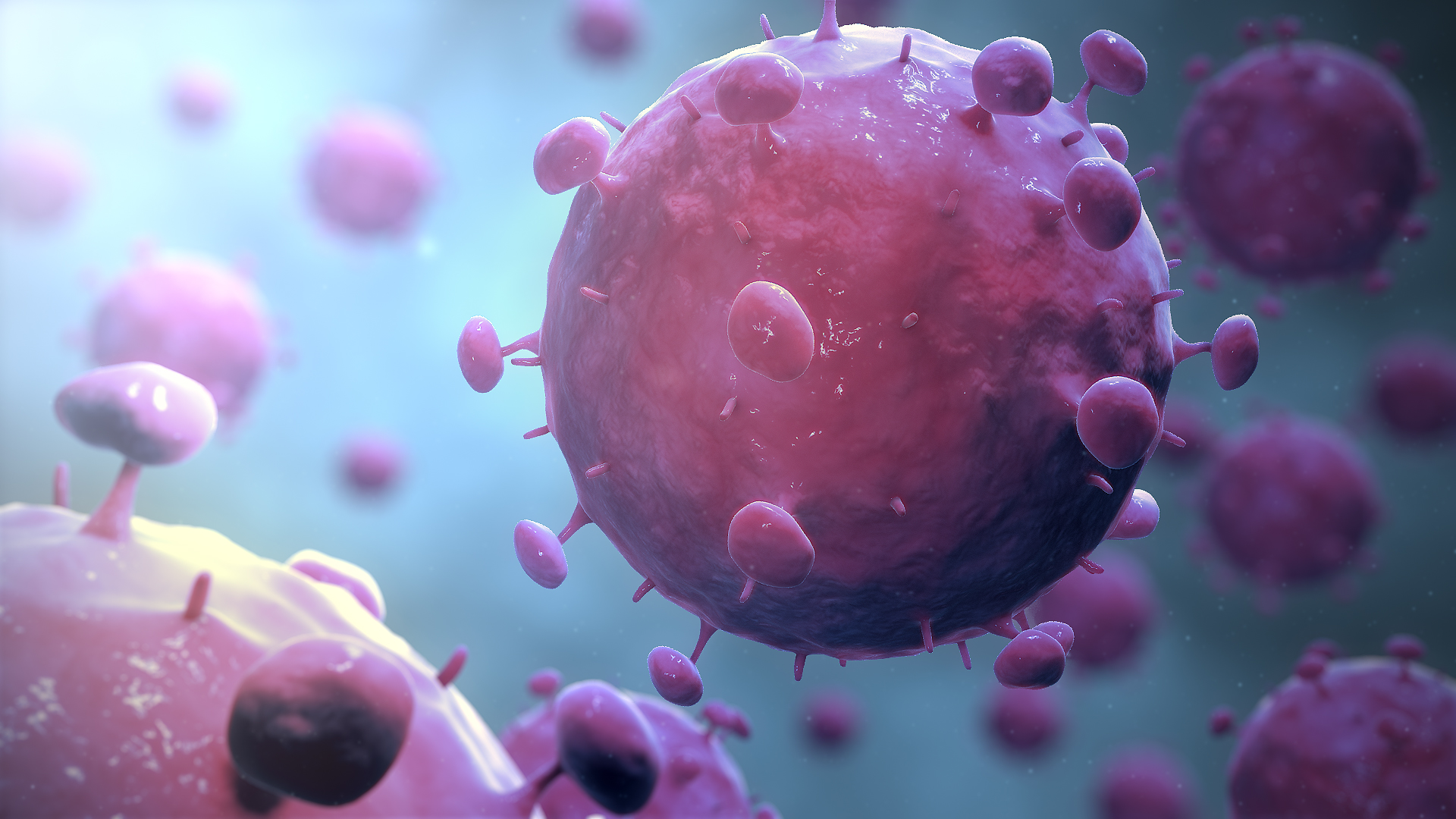
The main reason why human bodies struggle to fight HIV is because of the virus’ incredible ability to mutate. The immune system finds itself in a fight against an insurmountable number of HIV strains and the antibodies are constantly challenged to overpower the virus’ remarkable genetic diversity.
The natural antibodies that develop after years of infection are called broadly neutralizing antibodies (bnAbs). They are powerful weapons that attack the fundamental protein (envelope spike) on the capsid coat of the virus and are successfully able to kill 90% of HIV strains, hence, controlling the infection. Although most bNAbs could neutralize HIV, the virus can also spread directly from one cell to another.
Owing to the enormous viral genetic diversity and difficulty of generating (bnAbs), the development of an effective AIDS vaccine had been a challenge yet.
However, recently, scientists from NIH and Sanofi have come together to discover an antibody, called N6, produced from an HIV-positive patient’s sample that is capable of neutralising 98% of all strains tested.
The strength and dynamism of N6 antibody is such that it could be developed and repurposed to treat and even prevent HIV infections. This is because when the research team exposed the N6 antibody to the antibody-resistant viral cells, it was found that it could neutralise 16 out of 20 strains.
Seems like a promising discovery has been made after many failed attempts to neutralize the rapidly morphing virus which evades recognition by changing its surface proteins.
The last big leap in the field was made back in 2010 with the discovery of VRC01 antibody that works by binding to the CD4 receptor site on its envelope, preventing it from attaching to immune cells. Although, N6 works much in the same way, it can better tolerate changes in the HIV envelope; for instance when the virus gathers and attaches sugars to loosen the antibody’s grip, VRC01 fails, while N6 remains unaffected.
The secret behind this remarkable antibody is its 3D structure that makes it insensitive to mutations that disrupt contact between the antibody and the virus, a common mechanism of resistance. The researchers have tracked the evolution of this antibody to try to replicate its outstanding properties for future development.
As per the reports, clinical trials on N6 are still on and scientists continue to test N6 as an intravenous infusion to see if it can safely prevent HIV infection in humans.
The potency of N6, as observed in the lab, gives hope for stronger and more durable prevention and treatment benefits. But until we see the same levels of success in actual human trials, we need to remain cautiously optimistic.
References:

This Feature of HIV Could Inspire Future Treatments
CDC reports claim that an estimated population of 1.2 million in U.S. are living with HIV. Although there is no cure for HIV infection, improved treatments allow the infected people to slow the progression of virus and, hence, stay relatively healthy for several years.Read More..

Is gene editing a solution to AIDS?
The causative organism of the deadly AIDS, Human Immunodeficiency Virus (HIV), affects every individual in a unique manner. For some, the immune system effectively resists the infection. For most others, a specific genetic mutation occurs in the CCR5 gene..Read More..








